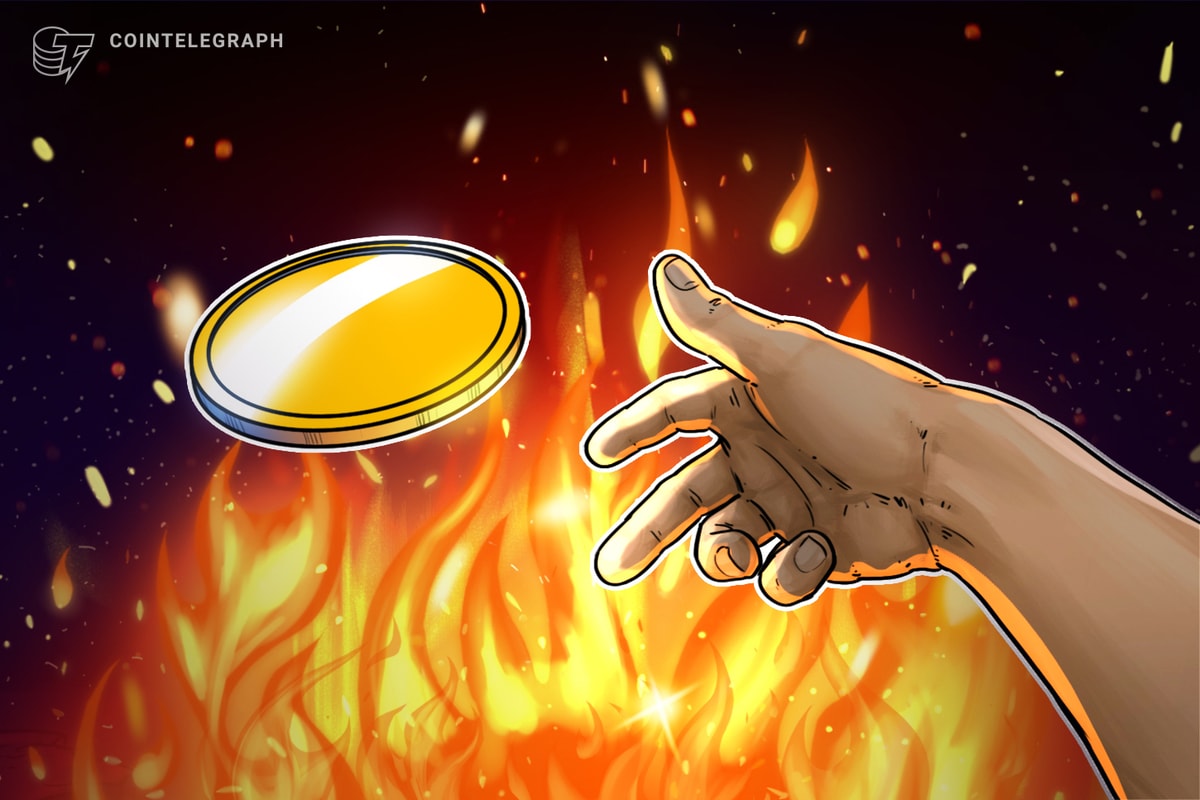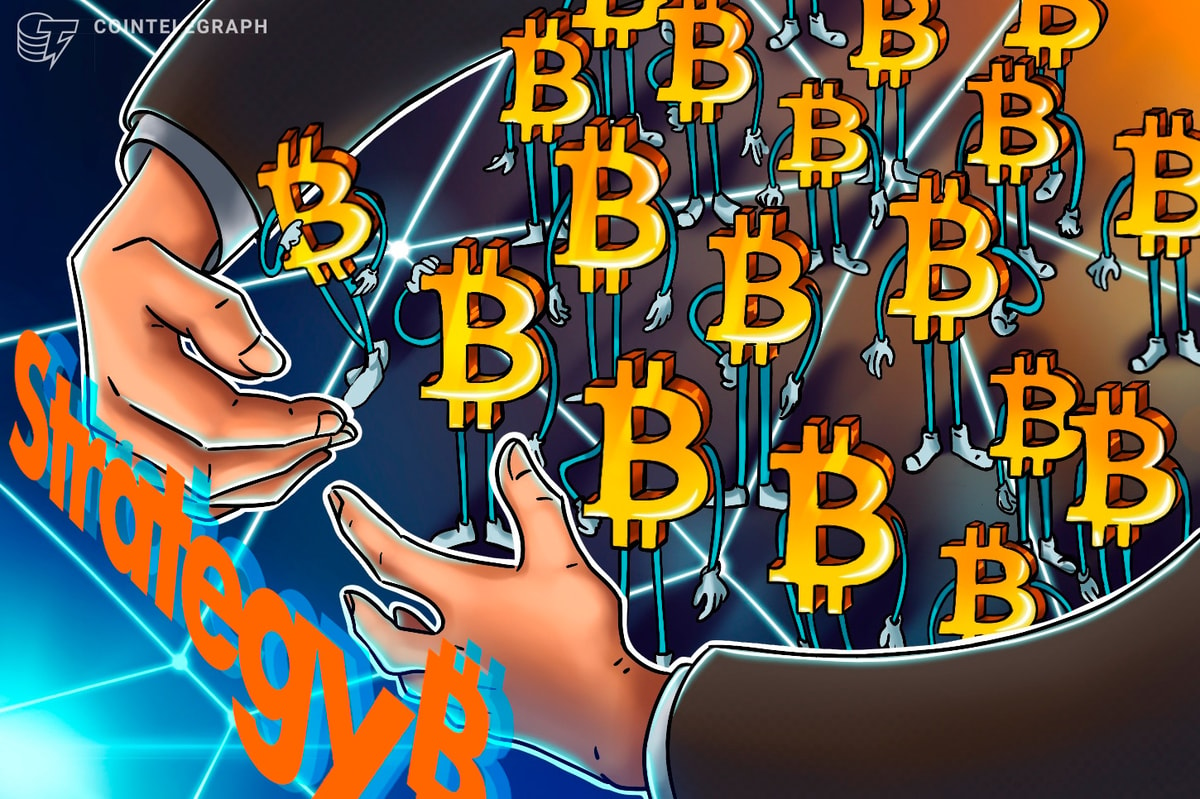Mantra CEO John Mullin said he is planning to burn all of his team’s tokens in order to win back the trust of the network’s community following the sudden collapse of the Mantra (OM) token on April 13.
“I’m planning to burn all of my team tokens and when we turn it around the community and investors can decide if I have earned it back,” Mullin posted to X on April 16.
Mantra set aside 300 million OM, 16.88% of the token’s nearly 1.78 billion total supply, for its team and core contributors. They are currently locked and were scheduled to be released in stages between April 2027 and October 2029, according to an April 8 blog post.
The team’s tokens are worth around $236 million, with OM currently trading around 78 cents but were worth around $1.89 billion before the token sank on April 13, going from around $6.30 to a low of 52 cents and wiping over $5.5 billion in value, according to CoinGecko.
Source: JP Mullin
Many community members welcomed Mullin’s pledge, but others saw the token burn as a potential blow to the team’s long-term commitment to building the real-world asset tokenization platform.
“This would be a mistake. We want teams that are highly incentivized. Burning the incentive may seem like a good gesture but it will hurt the team motivation long term,” said Crypto Banter founder Ran Neuner.
Mullin suggested a decentralized vote could determine whether to burn the 300 million team tokens.
Mantra recovery process already underway
Mullin promised a post-mortem statement explaining what went wrong to be transparent with the community.
Speaking to Cointelegraph on April 14, Mullin outlined plans to leverage the $109 million Mantra Ecosystem Fund for potential token buybacks and burns to stabilize OM’s price, which had fallen from $6.30 to as low as $0.52.
Related: Red flag? Mantra’s TVL jumped 500% as OM price collapsed
Mullin’s firm has strongly refuted rumors that it controls 90% of OM’s token supply and engaged in insider trading and market manipulation.
Mantra claims the OM price implosion was triggered by “reckless liquidations,” adding that it wasn’t related to any actions undertaken by the team.
OKX and Binance were among the crypto exchanges that saw significant OM activity right before the token collapse.
Both exchanges denied any wrongdoing, attributing the collapse to changes made to OM’s tokenomics in October and unusual volatility that ultimately triggered high-volume cross-exchange liquidations on April 13.
Magazine: Memecoin degeneracy is funding groundbreaking anti-aging research










